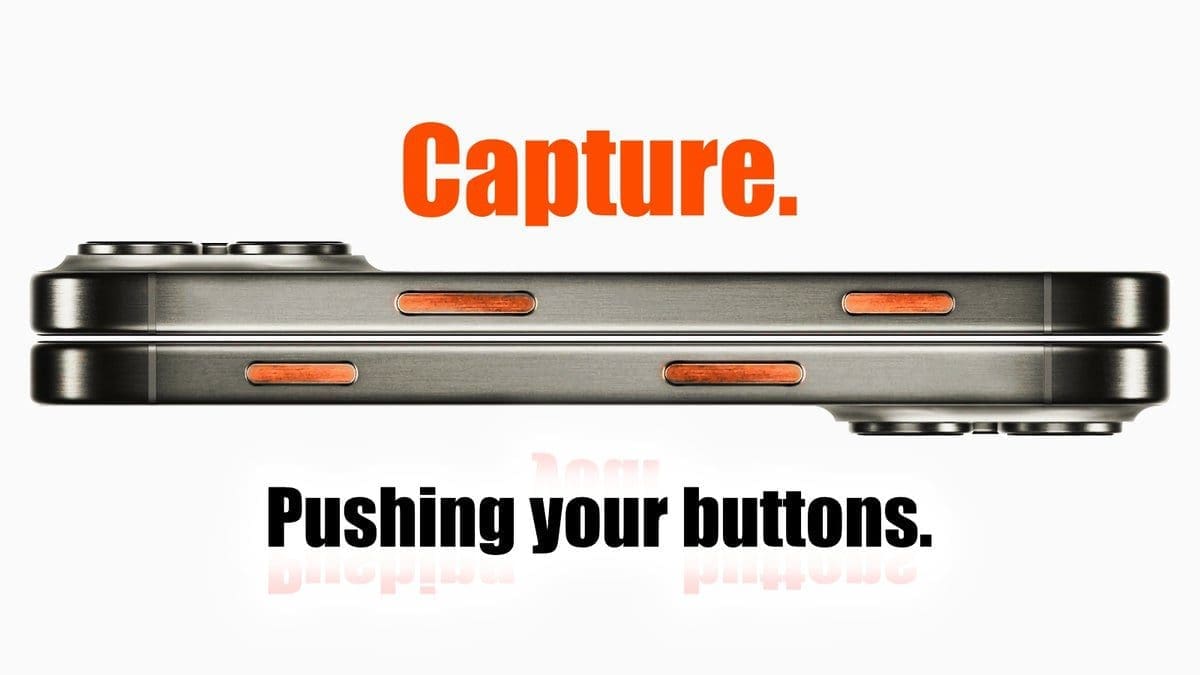We are less than two weeks away from the unveiling of the iPhone 15 series. One major change with this new lineup is the elimination of the Lightning port, which has been used since the iPhone 5 debuted in 2012. Instead, Apple will adopt the industry-standard USB-C port. The European Union (EU) pushed for this change to reduce electronic waste and provide more convenience to consumers who are already familiar with USB-C from other devices.
For Apple, this transition was not entirely voluntary. The EU’s request for a common charger made it impractical for Apple to offer USB-C iPhones exclusively in Europe while maintaining Lightning ports elsewhere. This change will also result in a loss of revenue for Apple as accessory manufacturers will no longer need to pay for MFi (Made for iPhone) certification.
In addition to these financial impacts, Apple is concerned that the switch to USB-C could make it easier for iPhone users to switch to Android devices. However, Apple will likely emphasize the positive aspects of USB-C during the iPhone 15 introduction event. They will highlight the increased compatibility with other devices and the environmentally friendly nature of this change.
It is worth noting that before the Lightning port, Apple used a 30-pin cable and port on older iPhones and iPads. The long-term goal for Apple is to eventually eliminate ports altogether and rely on wireless charging, as demonstrated by their MagSafe magnetic chargers.
While the transition to USB-C may require some iPhone users to purchase new charging bricks or cables, it is not a major concern. Those who bought an iPhone 11 or earlier received a USB-2 charging brick, which is not compatible with USB-C. Users can either purchase a cable to convert USB 2 to USB-C or simply buy a new adapter.
The iPhone 15 series, along with the Apple Watch Series 9 and the second-generation Apple Watch Ultra, will be unveiled on September 12th. The event will begin at 10 am PDT (1 pm EDT) and can be livestreamed from Apple’s website or YouTube channel.









